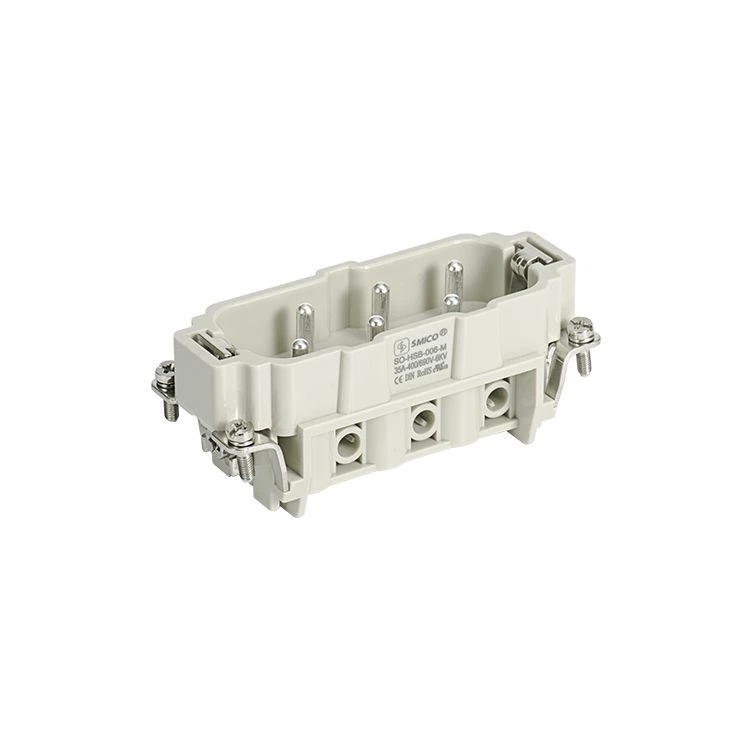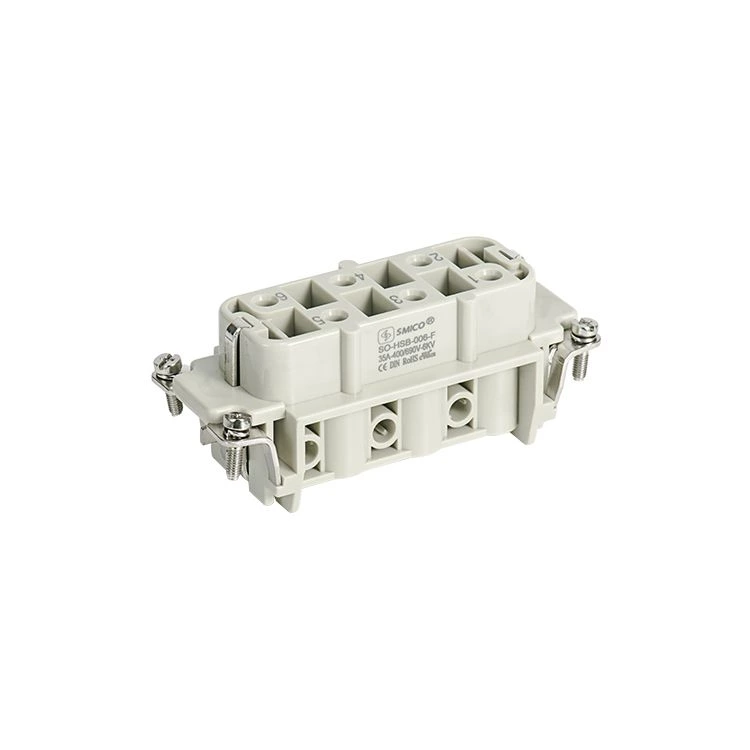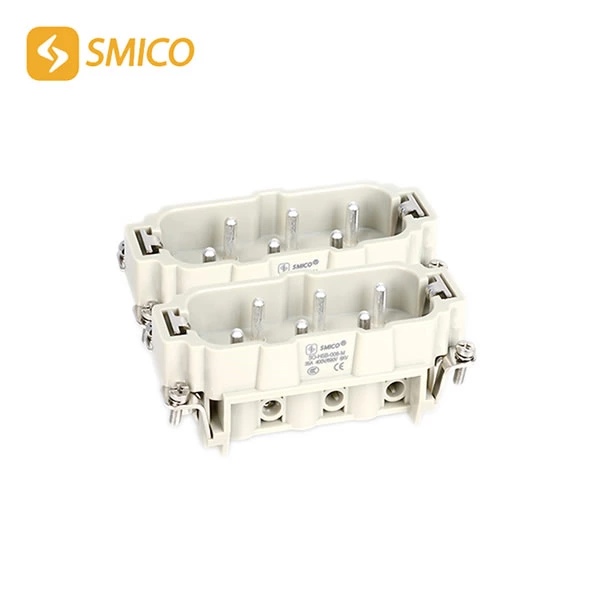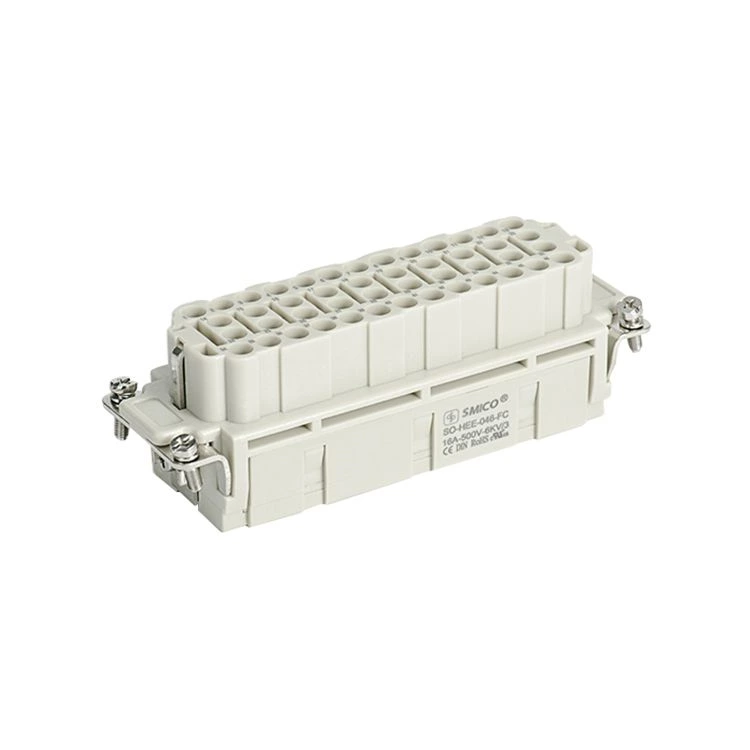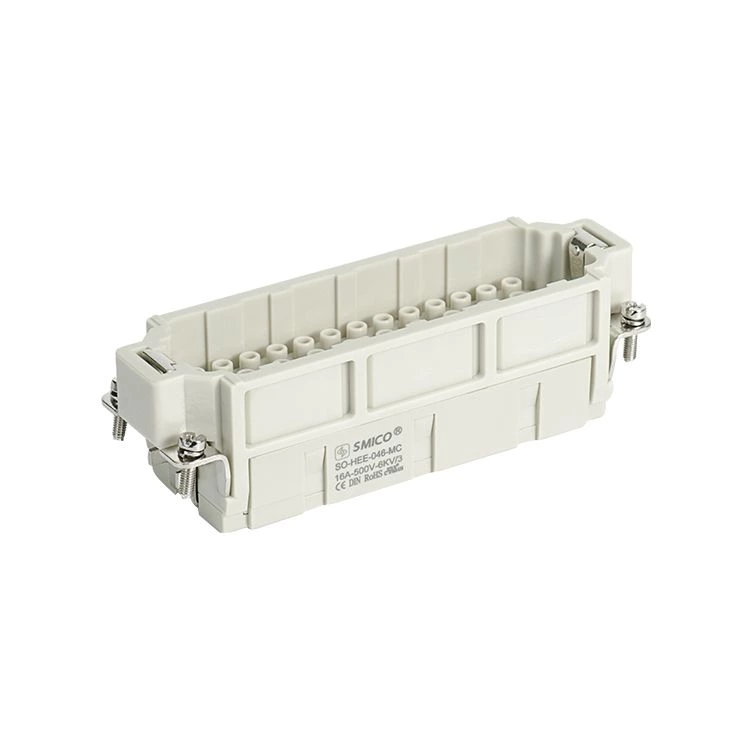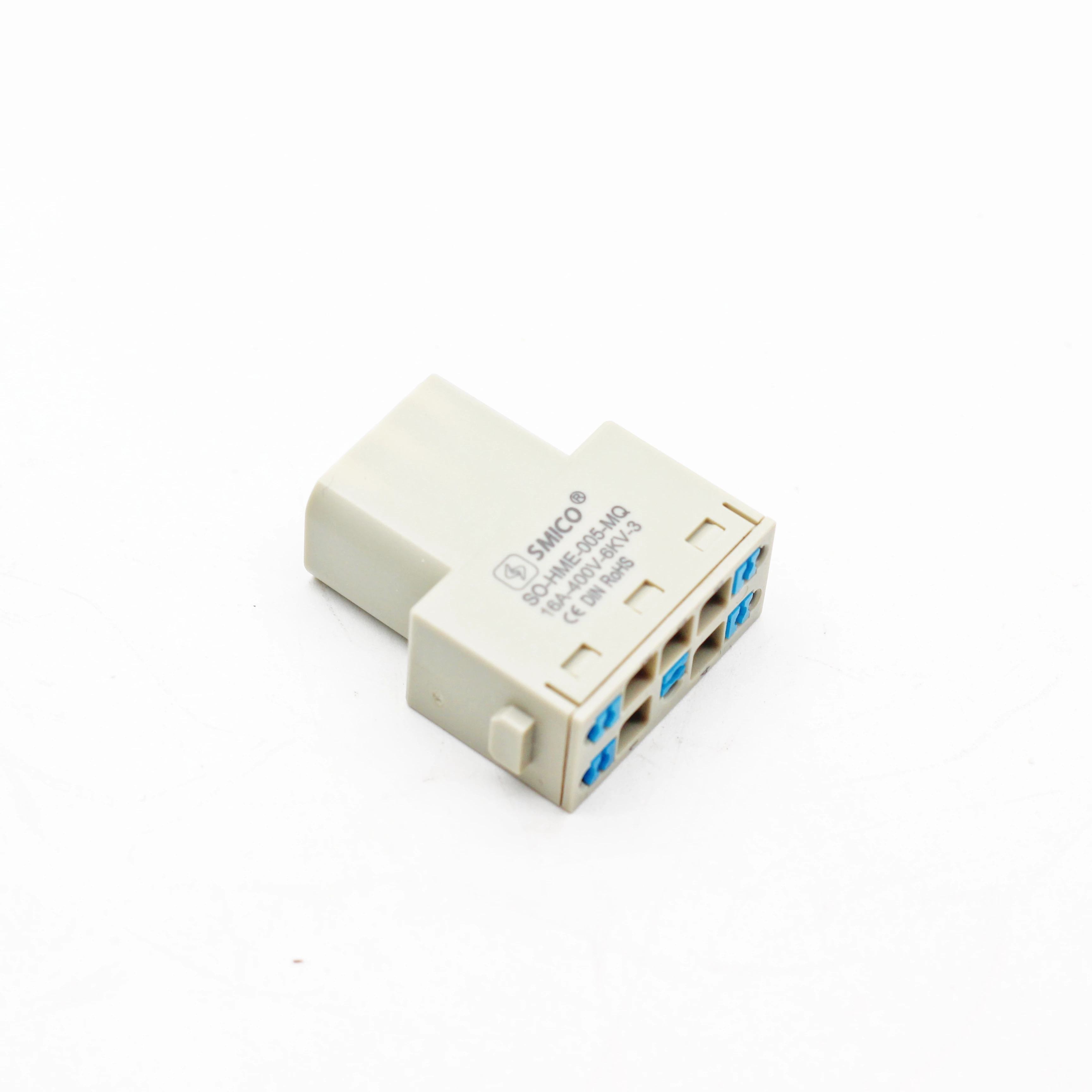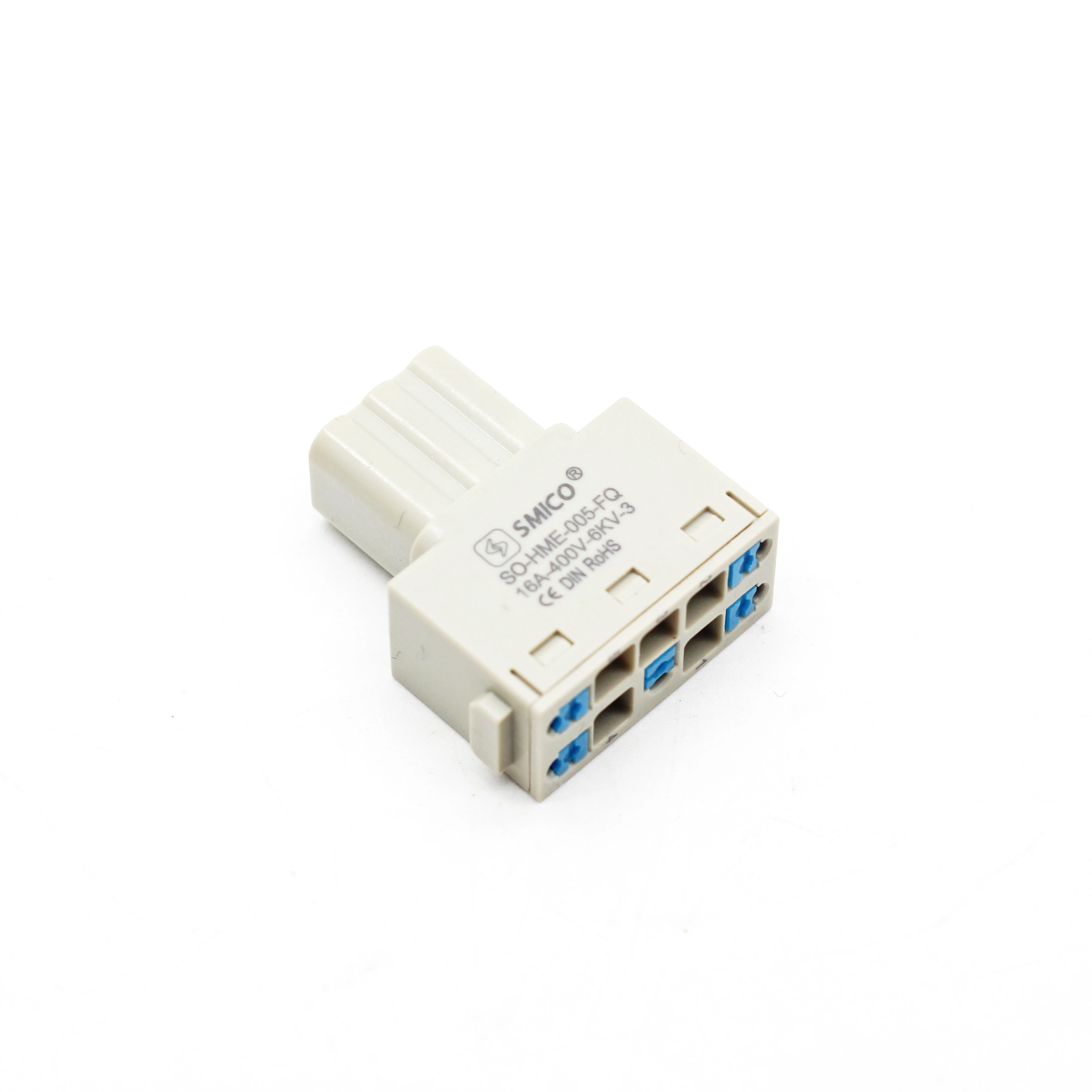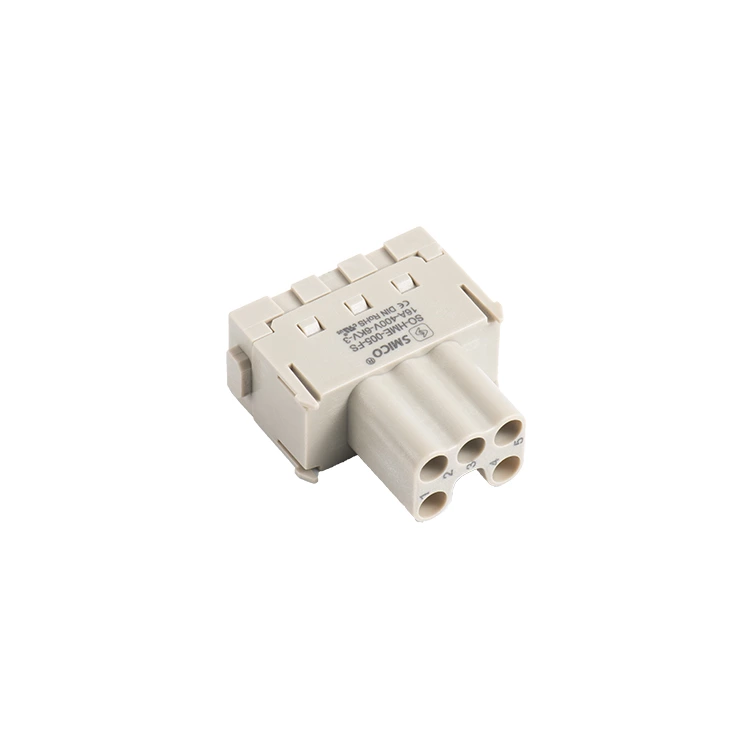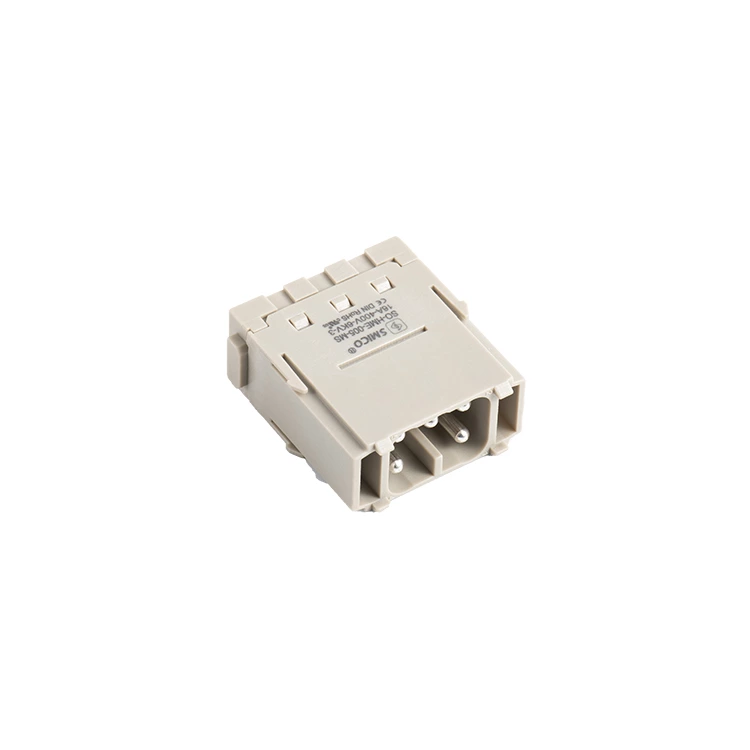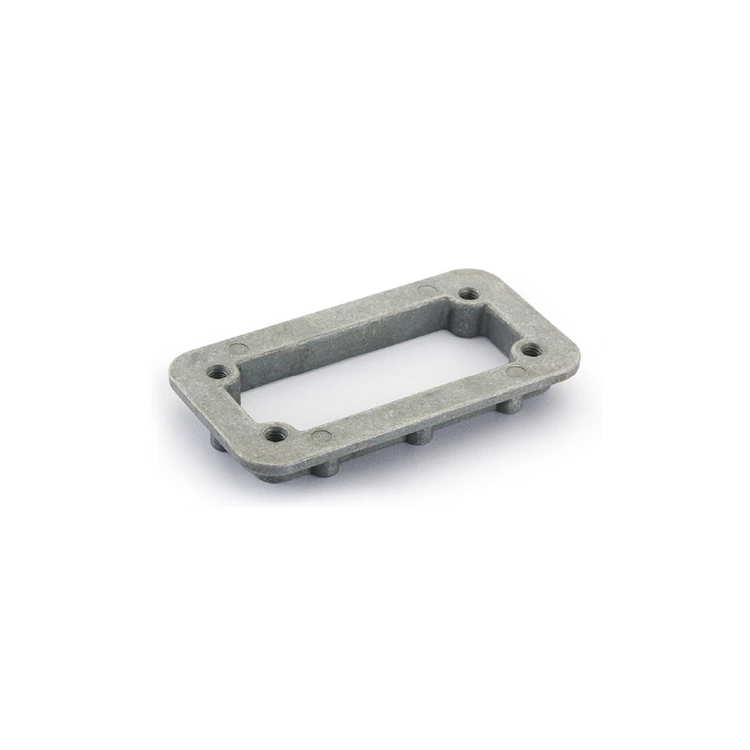What Are The Interface Modes Of Heavy-duty Connectors?
Heavy-duty connectors, also called HDC heavy-duty connectors and aviation connectors, are various connections that require power and communication systems in construction machinery, textile machinery, packaging and printing machinery, tobacco machinery, robots, rail transportation, hot runners, electricity, automation, etc. The article will briefly explain some common connection methods of heavy-duty connectors in the hope that it will be helpful to you!
Intelligent distribution terminal-heavy-duty connector-intelligent distribution terminal block-heavy-duty terminal block
Heavy Duty Connector connection method
Generally speaking, there are four different connection modes for commonly used heavy-duty load connectors:
1. Threaded connection mode
The male and female plugs of heavy-duty connectors are both screws and locking mechanisms. This connection method can be installed with a fuse after installation to avoid loosening! The commonly used connection method is a commonly used connection method. The larger the size of these connectors, the more they work under severe vibration conditions. However, this connection method is safer to use, but its connection rate is lower.
2. Bayonet connection mode
It is a fast and stable connection method. Most electrical connectors can see the appropriate connector and locking on the plug, which can be seen from the small hole on the plug fixing screw.
3. Plug and plug
It is a connection method with multiple functions. When installing and removing the socket and the socket of the electrical connector, the direction of movement is generally linear reciprocating, without rotation or rotation, and only takes up a small working gap to achieve connection and unloading. There are two common couplings: ball or needle. Since this connection method has no mechanical labor-saving mechanism, if the wrong insertion occurs, it will significantly increase the mechanical resistance and can be detected in time.
4. Cabinet connection mode
It is a heavy-duty connector used on some equipment that needs blind connection near the rack. It can make electronic devices lighter, easier to maintain and more stable. Because this connection method prevents the operator from feeling the status of the connector, a precise positioning mechanism is required to prevent the wrongly inserted electrical connector from being forcibly connected together, resulting in wrong insertion. Box-type electrical connectors are generally connected in a floating or elastic form to ensure their normal connection.
